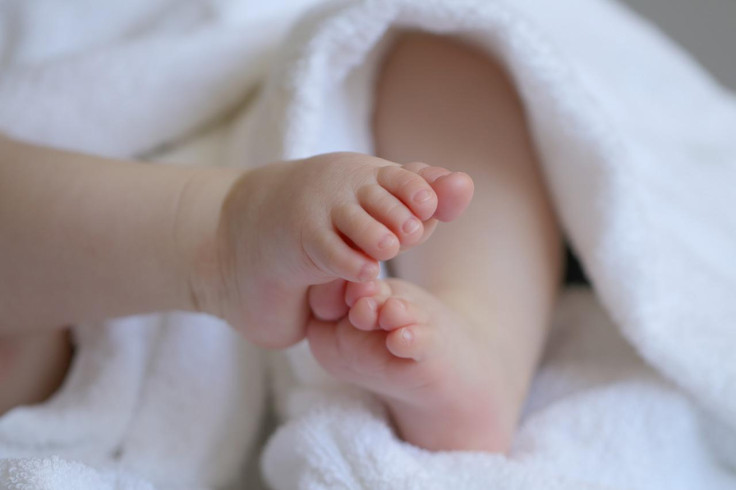Baby Bump Or Bust? US Saw 'Unexpected' Fertility Rate Increase Amid Pandemic
KEY POINTS
- Data showed a small baby bump in 2021
- This is contrary to a predicted "dramatic" pandemic baby bust
- The increased work flexibility for mothers may have played a role
Fertility rates in the U.S. have been declining for years and were predicted to further decline into a "baby bust" during the COVID-19 pandemic. However, a new analysis has found that the country actually saw a "baby bump" in the period.
The average number of children over a woman's lifetime declined from 2.1 to 1.6 from 2007 to 2020, the researchers noted in a new National Bureau of Economic Research paper. The authors called them "historic lows," noting the trend prompted "concerns about the future of the American family, the strength of the labor force, and the solvency of public programs that rely on the contributions of younger generations."
Researchers analyzed the data on all U.S. births from 2015 to 2021, as well as the births in California from 2015 to this August. They found the birth rate did decline in early 2020 as predicted by economists.
However, it was not due to job loss or economic uncertainty. Instead, much of it was likely brought on by the "sharp reductions" in foreign mothers giving birth in the U.S.
"Consistent with reductions in international travel due to restrictions and angst about travel, fertility rates among foreign-born mothers fell immediately in 2020 — nine months too soon to reflect the pandemic's effects on conceptions," the authors wrote.
This, they say, shows the importance of foreign-born women's role in bolstering the U.S. fertility rates, without whom the birth rates would be even lower.
Interestingly, the predicted "baby bust" due to the pandemic did not fully materialize. In fact, data even showed a small "baby bump" by 2021, with rates seeing a 46,000 net increase in births among U.S.-born mothers.
"This 2021 "baby bump" is the first major reversal in the U.S. fertility rates since the 2007 Great Recession and was large enough to reverse two years of declining fertility rates," the authors wrote.
Much of the increase was driven by women who had their first children, as well as women who were under 25. The pandemic may have prompted the women to "start their families sooner," the researchers said. Further, government aid may have played a part as it helped keep people financially on their feet even amid the pandemic, Northwestern University noted in a news release.
The increase was also quite "pronounced" among women aged 30-34, as well as those with a college education. It's possible that the more flexible work setups that flourished during the pandemic helped these groups to spend more time working from home.
"That some women may be more apt to have children if they have higher flexibility is a very interesting, important takeaway, especially since the U.S. lags behind other developed countries in terms of (maternity-related) benefits," said study author and economist Hannes Schwandt, of Northwestern University.
Overall, the data showed that quite unlike other recent economic downturns, the pandemic led to an increase in fertility rates among U.S.-born mothers. And the California data shows that births in the U.S. remain on track to stay elevated through the third quarter of 2022, the authors added.

© Copyright IBTimes 2024. All rights reserved.






















